What is a CHMSL
A center high mounted stop light (CHMSL) is the third brake light or eye-level brake light mounted higher than the left and right stop lights of a vehicle. The CHMSL is intended to keep other drivers, whose sight of the vehicle’s left and right stop lights is obstructed by interceding vehicles, aware of the slowing down or stopping of the vehicle. Also, in the event of a brake light failure, the CHMSL provides a redundant stop light signal.
Mounting position
The red stop lamp is mounted on the centerline of the rear of a vehicle at a position as high as is practical, typically above the back glass, at the roofline, behind the rear window, or on the trailing edge of the vehicle’s roof. Passenger cars usually affix the CHMSL to the vehicle’s interior just inside the back glass or integrate it into the vehicle’s deck lid or into a spoiler.
LED operation
A CHMSL is typically a linear light bar comprising a small set of mid-power red LEDs. Light emitted by the LEDs is regulated by some combination of reflective and lenticular optics which helps create the required farfield intensity distribution. The LED module of a CHMSL is driven by a constant current source. A 12V automotive battery may supply a voltage between 8V to 16V depending on the load and the age of the battery. A boost-buck switching converter allows for the load voltage to be higher or lower than the supply voltage. However, the EMI specifications for automotive rear lamps demand extremely low levels of emissions, which are challenging to meet with a switching regulator. Linear drivers are sometimes used to meet the exceptionally stringent EMI requirements, provided that the power conversion efficiency is not a critical requirement.
Application advantages of LEDs
The use of LEDs as the light source for brake light provides a compelling safety benefit due to the nearly instantaneous response of LEDs to applied electrical power. The time from current flow to full light output in an LED is about 60 nanoseconds, while the rise-time to 90% of full output for an incandescent lamp is about 140 milliseconds.
The instant-on response provided by LED lights reduces reaction time and gains valuable meters of braking distance so that the operator of the following vehicle has more time to execute evasive action. A 200 ms improvement in braking response time over incandescent lights is equivalent to about 20-feet reduction in stopping distance at a speed of 65 mph.
LED stop lights are more reliable than filament lamps, due to their excellent resistance to constant switching and ability to withstand greater levels of vibration.


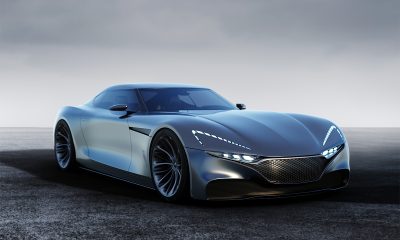

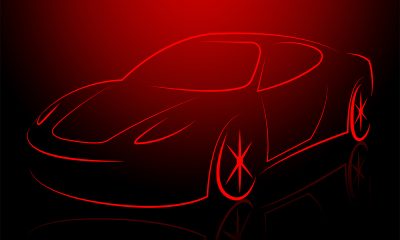
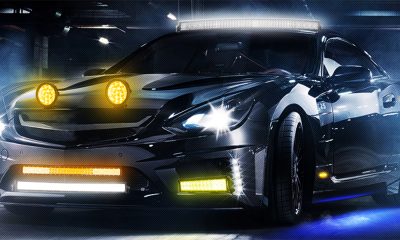
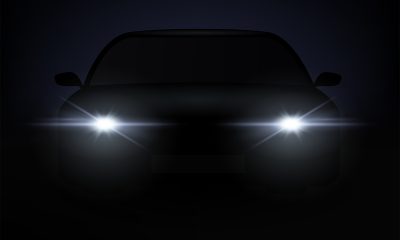
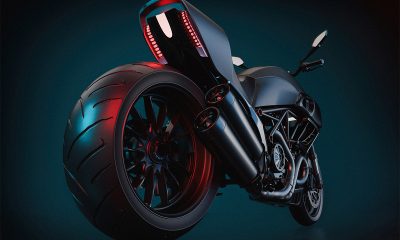




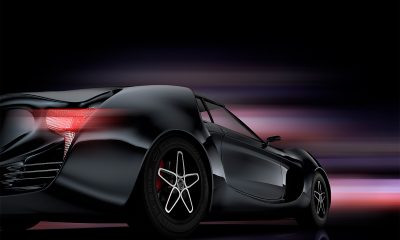
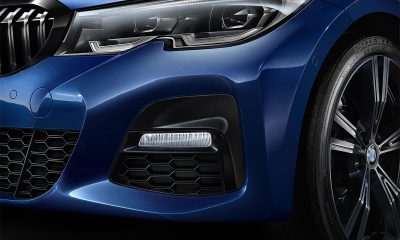





Loading...